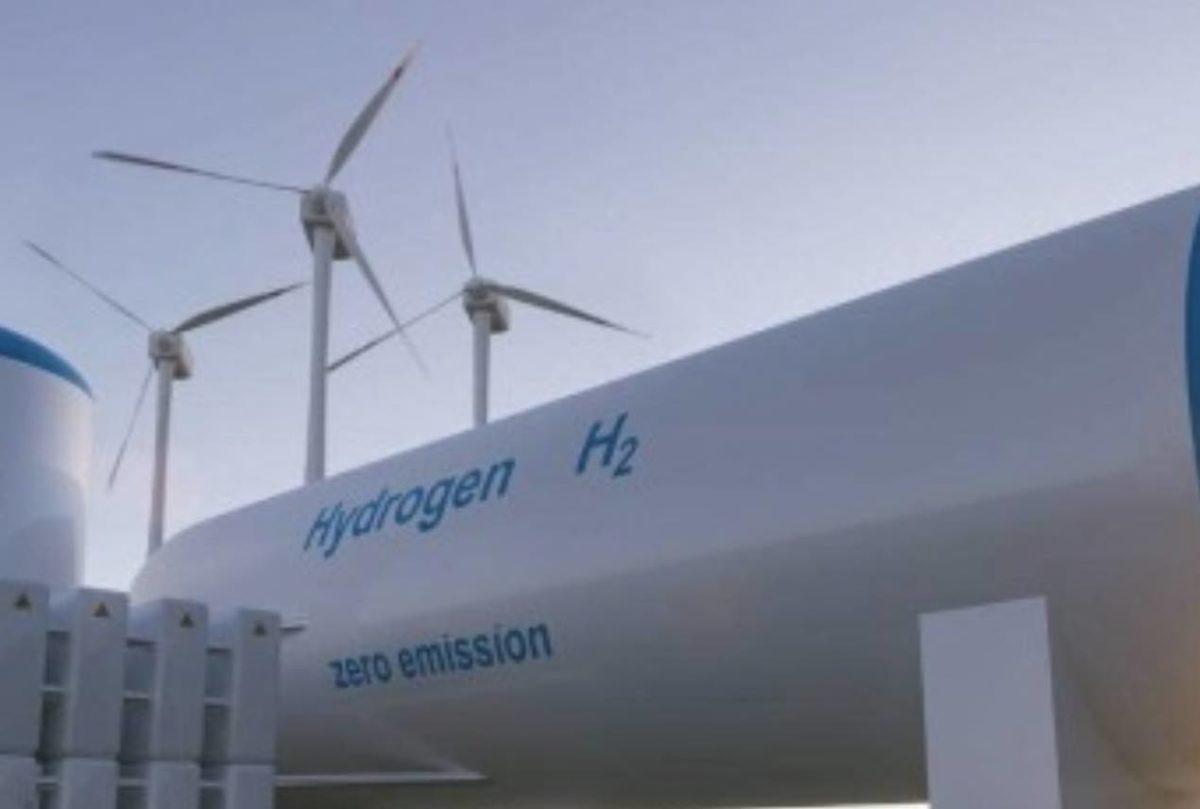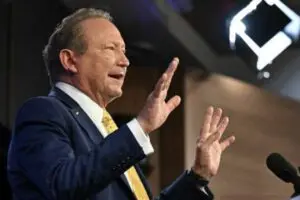Oil and gas giant Woodside Energy is set to partner with Meridian Energy on the development of what is claimed to be the “world’s largest” green hydrogen project in New Zealand, after beating out Andrew Forrest’s Fortescue Future Industries for the lead role in the venture.
The Southern Green Hydrogen project, according to an early development blueprint, is aiming to produce 500,000 tonnes of ammonia a year, using electrolysis from renewable power.
Project developer Meridian described the project earlier this year as the world’s biggest, although it is not clear that would still be the case. It will certainly tap into Aotearoa’s vast renewable energy resources.
Woodside and Fortescue were selected in June as the final candidates to be lead developer for the project, and it appears ironic that Woodside, a fossil fuel giant, has been selected ahead of FFI, which is Forrest’s key platform for his massive green energy and green hydrogen ambitions.
Meridian CEO Neal Barclay cited Woodside’s operational and marketing expertise, particularly in “liquids”, as well as its “demonstrated climate change ambitions”, as a reason for selecting it as a partner.
But Woodside is under fire over what critics say is a poor climate policy, and Forrest has been savage in his criticism of the fossil fuel industry and its role in climate change, and its weak “net zero” policies.,
See: Forrest says fossil fuels are a “joke of history, and net zero targets amount to “trading fakes”
Ironically, the news of the tender win by Woodside came on the same day that Fortescue announced it had poached the head of Woodside’s Australian operations Fiona Hicks as the new CEO of the parent company Fortescue Metals.
New Zealand prime minister Jacinda Ardern’s government is promoting green hydrogen as a game-changing fuel, capable of replacing fossil fuel-reliant production of steel, aluminium and other industrial materials, as well as to power modes of transportation not suited to batteries.
Technical work on the Southland facility is continuing in parallel with the design of the commercial structure for the project. Meridian and Woodside say they are looking at options for the supply of hydrogen and ammonia to the domestic market, as well as for the potential to export ammonia to Asia and Europe.
SGH originally consisted of Meridian and New Zealand power group Contact Energy; the latter company has withdrawn from the development role, but could support the project as a potential supplier of green electricity.
Japan’s Mitsui & Co., Ltd. is also in talks to join the project.
“We believe a large-scale hydrogen and ammonia facility in Southland, focused on the export market, will accelerate the development of a domestic hydrogen economy and strengthen New Zealand’s platform to contributing to decarbonising our transport and industrial sectors,” Barclay said in a statement.
“It will also create new opportunities in an emerging industry for the local community. We expect the facility will have the added benefit of being able to provide up to 40 percent of New Zealand’s dry year flexibility needs to the electricity sector.”
In its statement released on Tuesday, Meridian said the selection of Woodside followed a competitive process, during which local community group Murihiku Regeneration were closely involved.
Murihiku Regeneration focuses on a ensuring prosperous and sustainable future for people in the Southland region.
In Australia, Woodside is developing its H2Perth facility proposal which is looking at accelerating the uptake of hydrogen fuelled vehicles in Western Australia. The company has also won a $90 million contract to supply alkaline hydrolysers for the initial stage of Norway’s Nel Hydrogen Electrolyser H2OK project in Oklahoma.
FFI, however, is soon to complete its own electrolyser manufacturing facility in Queensland, with a planned capacity of 2GW a year.
Meridian is expecting to deliver a final investment decision on the Southland green hydrogen project following more development work.
RenewEconomy has sought comment from Fortescue and FFI.
Update: Meanwhile, in a further irony, Fortescue Metals announced late on Tuesday that Fiona Hick, who was head of Australian operations of Woodside Energy, will join Fortescue as CEO in February, 2023.
Fortescue said Hick’s role will be to work with FFI to ensure Fortescue becomes a global green metals and energy company. including the development of critical minerals and rare earths.
“Together Fiona and (FFI CEO Mark Hutchinson) will take Fortescue into its next phase and into being the leading global green metals and energy company in the world,” Forrest said in a statement.










